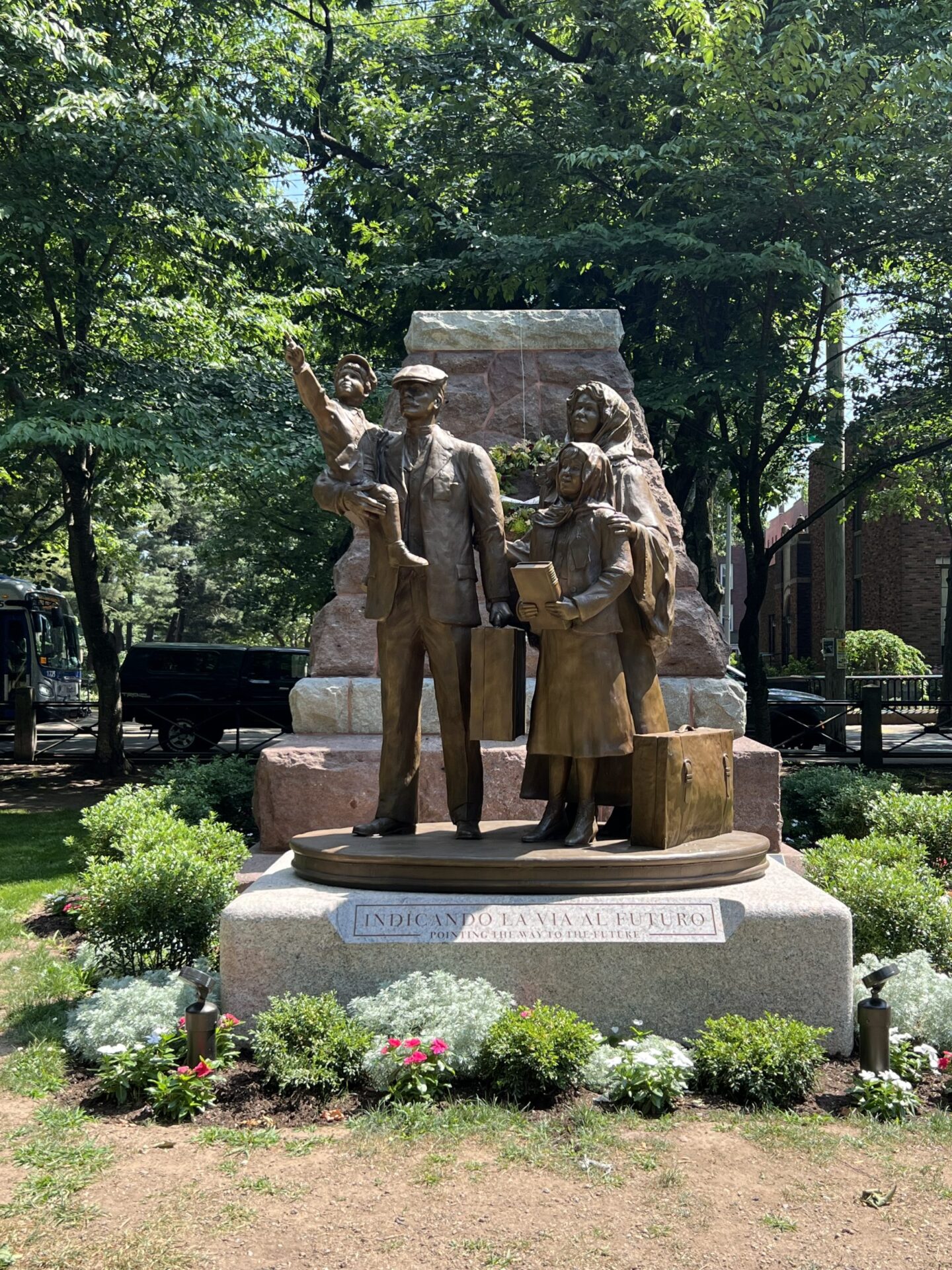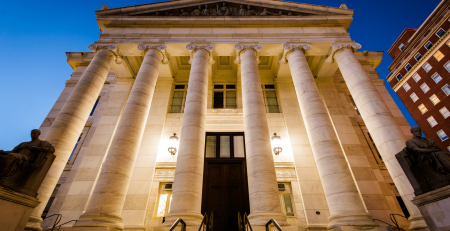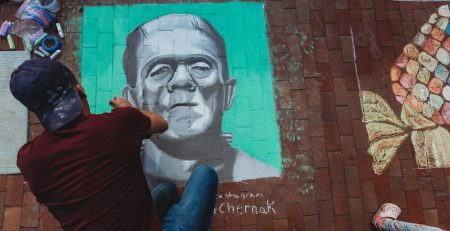Our city’s landmarks are looking a little different this summer. As a country, we continue to make new histories for ourselves, while looking back on our old histories through new lenses. In recent years, conversation has gained traction around the merit of Christopher Columbus statues across the country. In 2020, more than 33 statues were removed, a number that has continued to rise over the last four years. Why are they being removed? Well, the reality of Columbus’ place in global history is less shiny than it seemed back in elementary school. According to a 2019 study from the Quaternary Science Review, between 1492 and 1600, an estimated “55 million people in the Americas died. The Taíno people were virtually wiped out in the decades after Columbus first arrived on the island of Hispaniola, where Haiti and the Dominican Republic sit today.”
According to CBS News and Andrés Reséndez, author of “The Other Slavery: The Uncovered Story of Indian Enslavement in America,” “Columbus forced natives into mining gold, Brazilwood, pearls and other resources – a practice that was adopted by other colonizers after him. Reséndez estimated between 2.5 and 5 million natives were enslaved throughout the Americas from 1492 to the 19th century.”
New Haven’s Christopher Columbus, one of nearly 200 across the country, was erected in 1892. In recent years, community leaders and neighbors alike have engaged in discussions about how to better represent the culture of our city and the community we’ve fostered.
On June 9, that 132-year-old statue that once stood in Wooster Square Park was replaced by a stunning sculpture from artist Marc-Anthony Massaro. The sculpture shows an Italian immigrant family of four arriving, suitcases in hand, into New Haven. A young boy, held by his iron father, points forward “toward an aspirational future of freedom and citizenship.” The mother in the sculpture wears a crucifix, and the small girl holds a book in hand. At the base of the monument is a plaque that reads “Indicando la via al futuro” (“Pointing the Way to the Future” in Italian).
The plaque goes on to read, “On the grounds where the statue of Christopher Columbus once stood, this sculpture is dedicated to honor all who have occupied the land on which it stands. It serves as a powerful symbol of resilience, determination, and the strength of the human spirit.”
The sculpture honors the contributions of the Italian immigrant community to the city of New Haven and celebrates those who left their homelands to realize the American dream.
To see the statue for yourself, stop by Wooster Square Spark and take a seat. If this statue represents a corner of your own family history, then we encourage you to share your family’s immigration story with the Wooster Square Monument Project, who are collecting stories from across the community.












